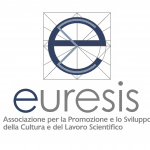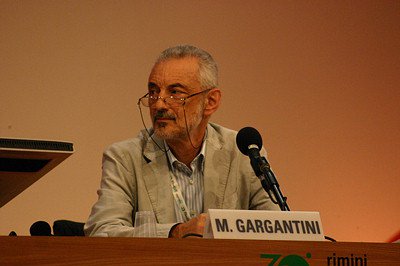Imago mundi
‘”The mystery of the starry sky parted by the light of the Milky Way, the continuous path of the stars from east to west, the motion of the planets among the stars, the rising and setting of the sun, lunar phases, the fleeting apparition of the comets, all these phenomena have deeply influenced man from the very beginnings of intelligent life, proposing the problem of the relation between him and all what appears on the vault of the heavens”. These are the words of Francesco Bertola, professor of Astrophysics at the University of Padua, in the introduction of his beautiful book “Imago Mundi. The representation of the cosmos throughout the centuries” (published by Biblos 1995). The exhibition develops the contents and the iconography of the book and illustrates how, throughout history, man has represented his idea of the universe and his relation with the cosmos. The display shows how, over the centuries, Western man has used many different technical and artistics solutions to represent the various models of the universe which were adopted. The timespan covered by this history of cosmology goes from the age of the Greeks to the present. The title “Imago mundi”, image of the world,makes a point: it was a common term in the past and it is now used, concludes Bertola, ‘to witness to the fact that the different ways of conceiving and representing the universe since the Middle Ages have developed along a common theme, which is not merely that of scientific culture but of culture in its widest meaning.’











